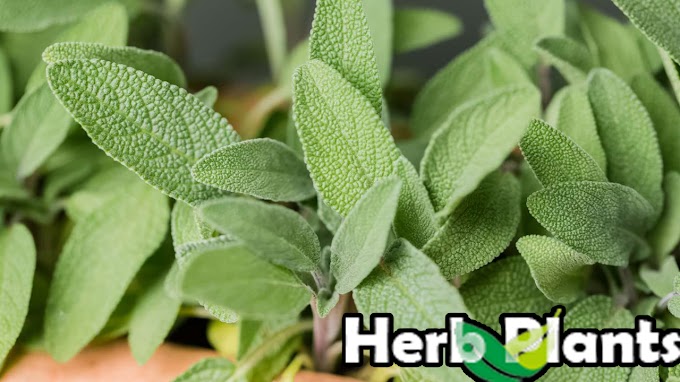Hey there, green thumbs and aspiring gardeners! Today, we're diving deep into the enchanting world of Garden Thyme, a remarkable herb that's more than just a seasoning for your meals. With its aromatic fragrance and myriad of uses, Garden Thyme (Thymus vulgaris) is a must-have addition to any garden or windowsill. So, let's sprinkle some magic into your gardening journey and explore all that this delightful plant has to offer.
Meet the Marvelous Garden Thyme:
Garden Thyme, also known simply as Thyme, is an evergreen herb that belongs to the mint family. Native to the Mediterranean region, this perennial beauty has been cherished for centuries not only for its culinary use but also for its medicinal properties and ornamental appeal. Its small, oval-shaped leaves boast a delightful fragrance and a warm, earthy flavor, making it a staple in various cuisines around the world.
A Flavorful Culinary Companion:
Let's start with the most well-known aspect of Garden Thyme – its culinary prowess. This herb is a culinary magician that can elevate the taste of countless dishes with just a small sprinkle. Its versatility shines in everything from soups, stews, and sauces to meat marinades and vegetable roasts. When used fresh or dried, Garden Thyme imparts a delicate and irresistible flavor, making it an essential herb in any kitchen.
Health Benefits that Heal:
Beyond its culinary charm, Garden Thyme holds a treasure trove of health benefits. Traditionally, it has been used in natural medicine for its various healing properties. The essential oil derived from Garden Thyme contains potent compounds, such as thymol, known for their antibacterial and antifungal properties.
Thyme tea, made by steeping fresh or dried leaves in hot water, has been used to soothe sore throats and ease respiratory issues like coughs and congestion. Additionally, Garden Thyme is rich in antioxidants, which help combat oxidative stress and support overall well-being.
Your Garden's Handy Ally:
If you're considering adding Garden Thyme to your garden, you're in for a treat! This herb is incredibly low-maintenance and a fantastic companion plant. Its aromatic foliage acts as a natural repellent to pests like mosquitoes, cabbage moths, and whiteflies, effectively protecting nearby plants from potential harm.
Moreover, planting Garden Thyme near vegetables like eggplant, tomatoes, and peppers enhances their growth and flavor, creating a harmonious garden ecosystem.
Planting and Caring for Garden Thyme:
Now that you're excited about bringing this wondrous herb into your life, let's delve into how to grow and care for Garden Thyme.
1. Location:
Choose a sunny spot for your Garden Thyme, as it thrives in full sunlight. The more sun it gets, the more flavorful its leaves will be. Well-draining soil is essential to prevent waterlogged roots, as Garden Thyme dislikes sitting in overly moist conditions.
2. Propagation:
Garden Thyme can be grown from seeds or cuttings. If starting from seeds, sow them in spring or early summer after the last frost has passed. If using cuttings, snip a 3-4 inch piece from a mature Thyme plant, remove the lower leaves, and plant it in moist soil.
3. Watering:
Thyme is a drought-tolerant plant, so be mindful not to overwater it. Allow the soil to dry out between waterings, and only water when the top inch of soil feels dry to the touch.
4. Pruning:
Regular pruning is essential to keep your Garden Thyme bushy and healthy. Pinch off the tips of the stems regularly to encourage new growth and prevent it from becoming woody.
5. Harvesting:
Once your Garden Thyme is established, you can start harvesting its leaves. Pick the leaves individually or cut entire stems, but always ensure you leave enough foliage for the plant to continue thriving.
Cooking with Your Homegrown Thyme:
As your Garden Thyme flourishes, you'll have an abundance of leaves to enjoy in your cooking endeavors. Whether you're preparing a hearty chicken roast or a comforting bowl of tomato soup, here are some quick tips for incorporating this herb into your recipes:
- Add a few fresh thyme sprigs to your roasting pan when cooking chicken, turkey, or lamb for an aromatic and flavorful twist.
- Sprinkle freshly chopped thyme leaves over sautéed mushrooms or roasted vegetables for an earthy enhancement.
- Stir dried thyme into tomato-based sauces, stews, and soups to add depth and complexity to the flavors.
- Make a soothing thyme tea by steeping a few leaves in hot water for 5-10 minutes. Add a dash of honey for natural sweetness.
Garden Thyme is undeniably a magical addition to any garden or kitchen. From its delightful culinary contributions to its healing properties and garden-friendly nature, this herb never fails to impress. So, let the magic of Garden Thyme enchant your senses and elevate your gardening and culinary experiences!
Don't forget to share your thoughts and experiences with Garden Thyme in the comment section below. Have you grown it in your garden or used it in your cooking adventures? We'd love to hear from you!
And if you enjoyed this article and want to support me in creating more valuable content, please consider using the support button. Your encouragement fuels my passion for sharing the wonders of gardening with all of you!




0 Comments